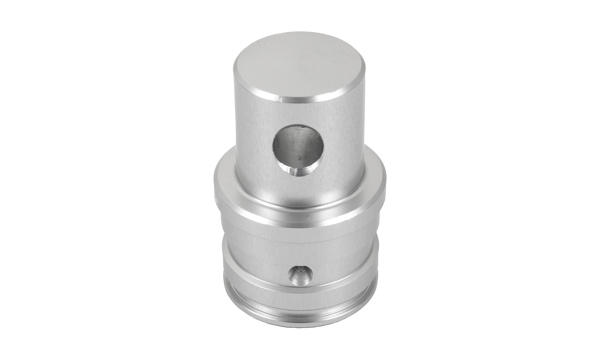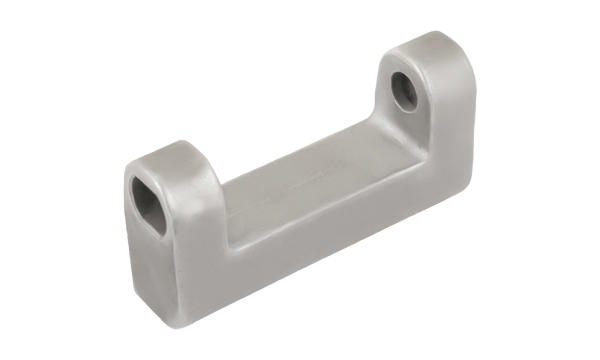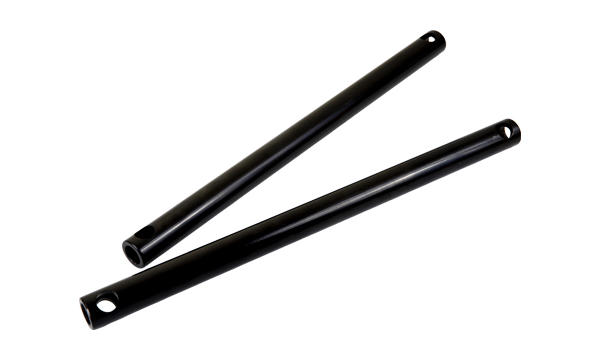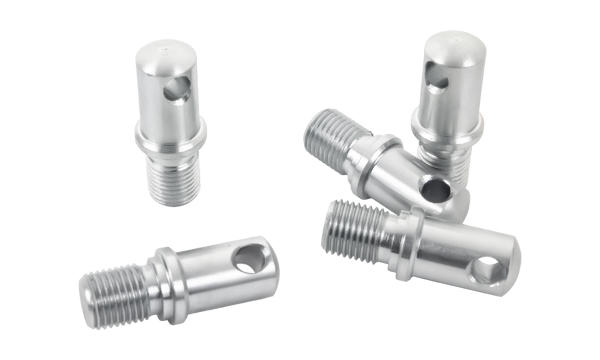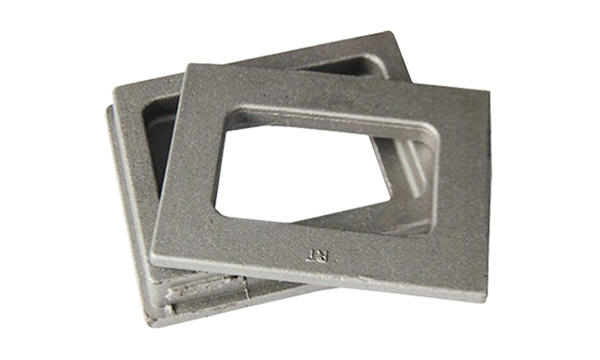Choosing Hot Forging Over Cold Forging
Posted by Admin
Hot forging has been around for centuries, and can produce a variety of parts from a variety of metals. This process can even produce parts up to three meters long in some cases. Hot forged parts are ideal for many technical applications. They are strong, ductile, and can be shaped easily. However, their precision is lower than that of cold forged parts.Cold forging, on the other hand, does not involve heating metal before the process. This type of forging is most popular in the automotive industry. It is a more economical method, and requires little finishing. There is also very little excess material left after cold forging. In fact, the net weight of the original metal is approximately the same as that of the finished product. In addition, cold forging has lower cost because it does not need industrial furnaces to heat metal before the process. Cold forging also requires fewer dies, which means that the finished product lasts longer.Compared to cast materials, forged components are stronger. Their grain structure is more compact, which gives them higher strength to weight ratios. This results in a component with better mechanical properties without using expensive alloys. Additionally, they do not have any internal voids. As a result, they are more consistent from one piece to the next.Another difference between casting and forging is how metal is deformed. While casting is a process for making hollow parts, forging uses pressure to force the metal into shape. This creates a stronger part because it takes advantage of the metal’s natural grain flow. When casting a part, it loses this contouring because it is cut through the grain.Hot forging is an effective way to create high precision parts with complex shapes. It is ideal for metals with high formability. This method gives metals increased strength and durability, and creates highly customizable parts. Hot forged parts are also highly accurate and have superior surface finishes. This makes them excellent candidates for various finishing processes. The following are some benefits of using hot forging: These metal parts are more durable than cold forged parts, and they are more durable and flexible.Choosing a Forging Process For Your Metal Products – What Are the Differences? Both processes are Important to Consider When Choosing Hot and Cold Forging? There Are Many Factors To Consider Before Choosing a Metal Forming Process! So How Do You Choose? Get an Answer HereHot forging involves the application of high temperatures to the metal. The required temperature varies depending on the type of metal. For example, steel requires a temperature of approximately 1150 degrees Celsius, whereas aluminum and copper alloys require temperatures of between 600 and 800 degrees Fahrenheit. However, the desired temperature must be maintained above the recrystallization point of the metal. This helps prevent strain hardening.
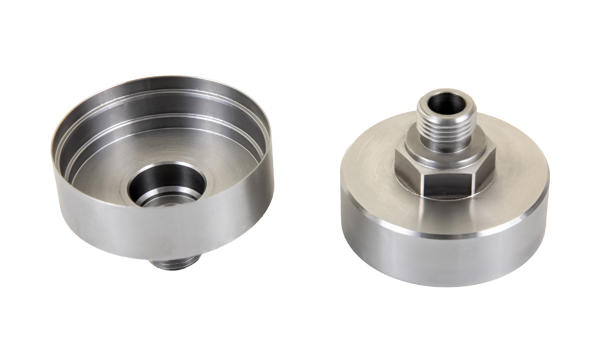
Customized Hot Die Forging Alloy Steel Parts in MachinerySpecification
|
item |
forging parts |
|
Place of Origin |
China Zhejiang |
|
Brand Name |
nbkeming |
|
Model Number |
KM-F004 |
|
Material |
Carbon steel, alloy steel, stainless steel |
|
Size |
Customized according to customer’s requirements |
|
Features |
OEM processing customization |
|
Usage |
Auto parts, agricultural machinery, construction machinery, metal products, outdoor metal products, hydraulic parts |


